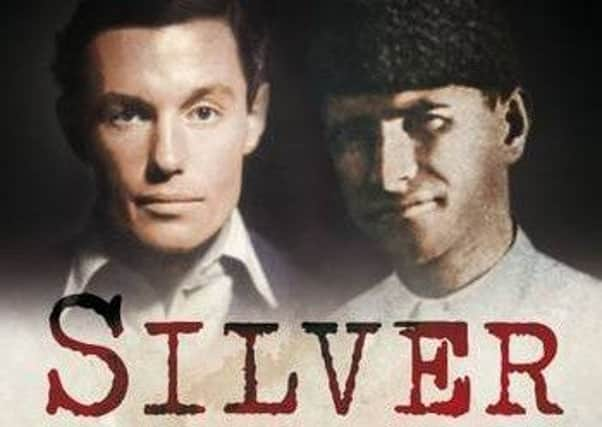Book review: Silver: The Spy Who Fooled the Nazis by Mihir Bose


When Germany invaded the Soviet Union, Bhagat Ram became a triple agent, passing German intelligence on to Moscow. Then, in a most unusual development, the NKVD (forerunner of the KGB) entered into an arrangement with Britain’s Special Operations Executive, which meant that Bhagat Ram was now spying for Britain, too, and it was SOE who gave him the codename Silver. His British control officer (Peter Fleming, brother of the James Bond creator Ian Fleming) maintained a flow of sophisticated disinformation. Silver’s modus operandi is reminiscent of the Spanish double agent known as Garbo and his tricking of the Nazis before D-Day.
In 1943, Bose, now in Berlin, had convinced Hitler of the possibility of a new front, involving an anti-British Indian armed force as well as a “fifth column” which would tie down British troops in India. Bose was conveyed by U-Boat to Japan, where the Japanese high command would co-ordinate the operation. This, in turn, meant that Silver was now courted by the Japanese for his intelligence, so also had a Japanese case officer. He was, in effect, a quintuple agent, probably the only such agent in modern times.
Advertisement
Hide AdBut as the war ended in Europe, the NKVD broke off its arrangement with SOE and Silver’s role was at an end. Added to this, Allied advances in Burma and the Pacific were bringing Japan close to defeat, and Subhas Bose’s death following a plane crash meant his project died with him. Silver returned to the tribal areas, having a large British pay-off to add to the money he had already received from the Italians and the Germans.
It is a remarkable story, but there are problems with the way it is told in this book. The Second World War can be viewed as several different wars going on at the same time; similarly Silver: The Spy Who Fooled the Nazis could be read as several different books collected within the same covers. The shameful and inept reality of British rule in India is here, but this is complex, so the reader can be in the dark, or confused as to what is going on. The revelation of the British/Soviet espionage collaboration is introduced but there are gaps in the telling and no robust analysis of the sources. There is some dazzling writing in the chapter on Silver’s first journey from India into Afghanistan, but elsewhere there are tedious passages and overlong quotations from official documents. These problems are compounded by the absence of an index which is really needed to plot the comings and goings of the main characters, let alone the minor players. There are also historical oversights, missed words, grammatical errors and inconsistencies in the referencing: all so frustrating in what is potentially such an important book.
*Silver: The Spy Who Fooled the Nazis by Mihir Bose, Fonthill, 350pp, £25